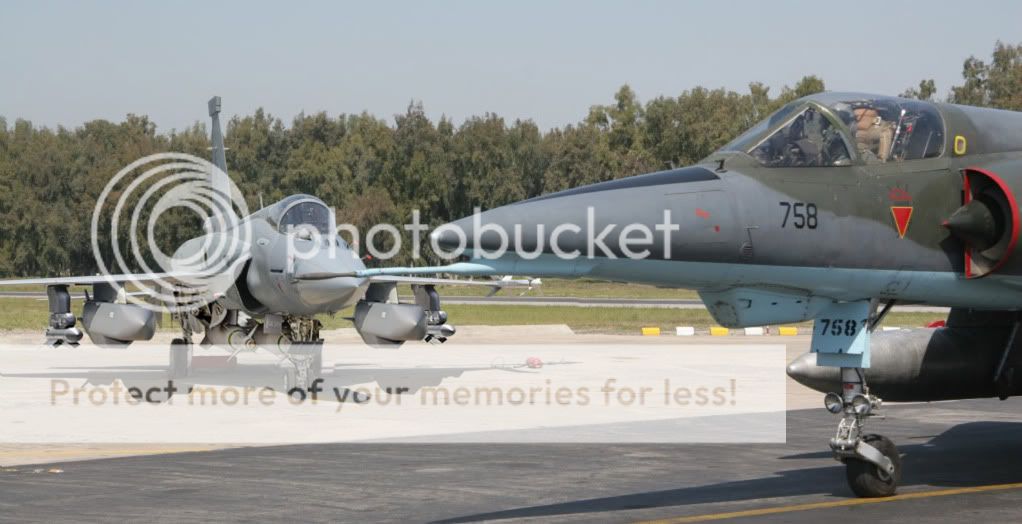razgriz19
SENIOR MEMBER

- Joined
- Dec 28, 2009
- Messages
- 4,205
- Reaction score
- 0
- Country
- Location
Follow along with the video below to see how to install our site as a web app on your home screen.
Note: This feature may not be available in some browsers.


well are they here??
NO.

Hi Mr. Jellodragon, while 2 vertical stabilizers might look aesthetically pleasing, they would serve no purpose on a small light weight fighter like the JF-17, other that severely increase its coefficient of drag. There is no need for it, and in the design phase having 2 stabilizers would have been modeled and simulated and rejected due to the above reason.


these are photo shop the designed is the same internal upgrade to avionics radar composite materials used two more hard pointsactually, sir, i saw a blueprint on google which showed 2 stabilizers so idk...china has suprised pakistan alot..




very realistic ps work``!


Just as the rumors of JF-17 blk 2 are picking up, i thought i would share two of my renders. Really looking fwd to see the real blk 2 in action.


Military Photos and Photoshops



bro any one hd wallpapers of block 2 concept

paf will try to get Eurojet EJ200 for next block

i hope JF-17 block II has twin vertical stabilizers. that would be awesome<3
